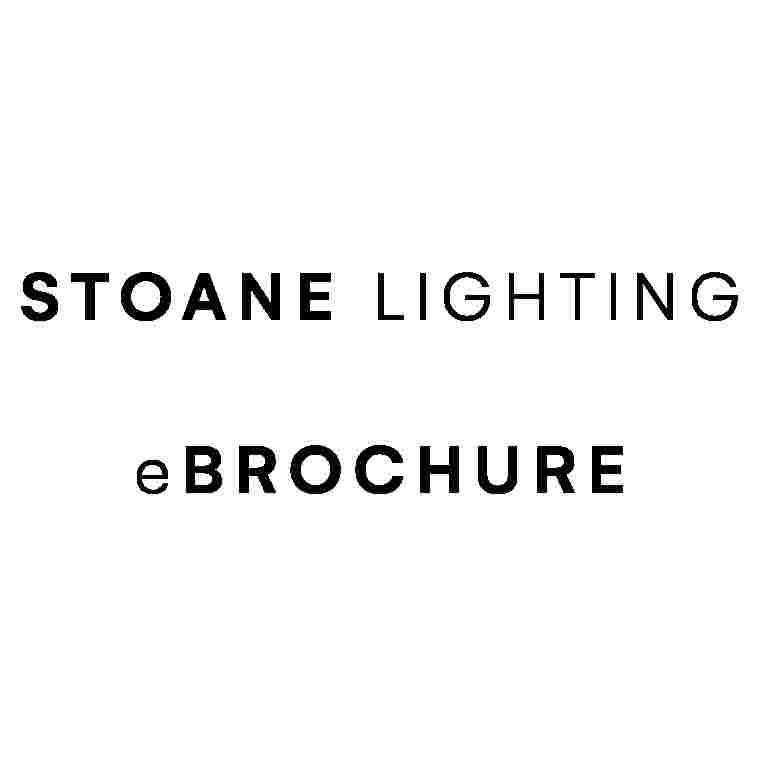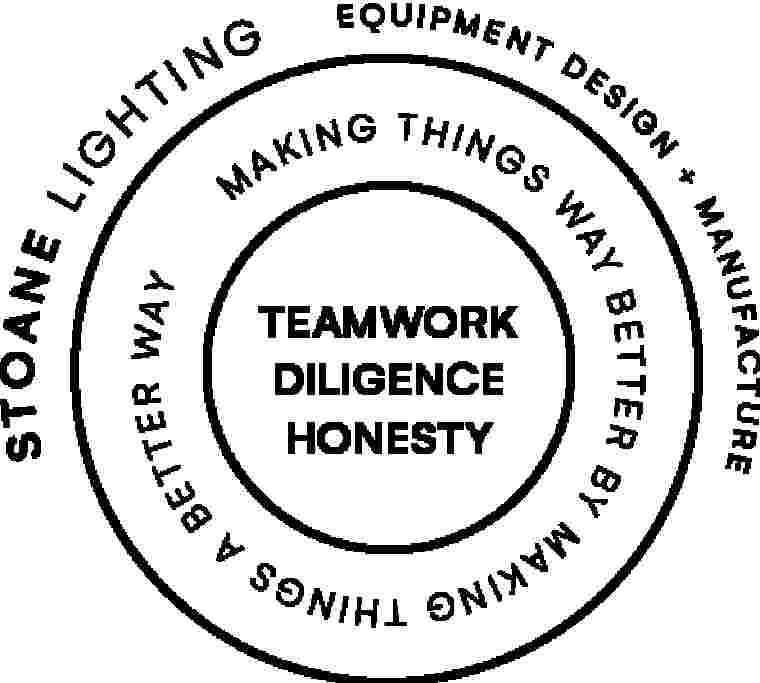TM65
Introduction
CIBSE's TM65: Embodied Carbon in Building Services: A Calculation Methodology published in January 2021 provides a means to calculate the embodied carbon in MEP (Mechanical, Electrical and Public Health) systems that lighting designers can use to consistently compare one product to another, and that engineers can use in determining embodied carbon totals building-wide.
More detail...
TM65 provides a high-level methodology, not meant to replace a detailed LCA, to calculate the embodied carbon from the different life cycle stages of a product: extraction of materials, manufacture, repair, disassembly and disposal. Required manufacturer input for ‘mid-level’ calculations includes a product’s weight and service life, a complete breakdown by weight of all materials used as well as production location and production energy consumption. The output is a figure for the product’s CO2e (‘e’ for ‘equivalent’ – all greenhouse gases are considered) in Kg. This is a marker for the product’s global warming potential.
Tailored reporting by manufacturers is recommended and on top a standardised reporting form is included in the package for a CIBSE database.
What happens to our products?
At Stoane Lighting we have carried out TM65 calculations on many products which can be found on the Environmental tab of a product's web page. On top of single products, we're happy to get involved with project specific calculations or with embodied carbon assessments of renewing projects compared with buying new.
What is ReNew? Find out here.
You will notice from our reporting form that we highlight both the initial embodied carbon and the embodied carbon associated with replacing parts (LEDs and drivers) within our luminaires service life. So, for example, comparisons can be made with equivalent luminaires which may be sealed for life and may have a lower embodied carbon content but are not repairable and have a shorter service life. All the relevant information is made available to specifiers carrying our environmental impact calculations.
What does it mean for your spec?
We forecast alongside luminaire aesthetics, light technical considerations, price etc embodied carbon calculations becoming a normal part of the specification process in the building sector. We already see lighting designers taking a lead. These support tools are Stoane Lighting’s contribution to this sea change in our industry.
Can I see an example?
Let’s take a hypothetical installation with 200 spots like our ZTA.50.Surface. Below is the TM65 embodied carbon calculation for this luminaire. It's important to consider a product's service lifetime in conjunction with the carbon calculation figure. In ZTA's case that's 25 years.
After ten years or so the end-user will be thinking about changing the lighting. This could be because:
- The luminaires are in need of general repairs, cleaning, possible repaint or electrical safety checks.
- Some components could be nearing the end of their lives (LEDs but also drivers which often go first).
- To take advantage of efficacy improvements in LEDs, drivers and optics.
- The area has undergone changes in use: perhaps the luminaires need different mounting methods or light technical performances.
- The installation requires an upgrade to luminaire based wireless control.
- There have been changes in regulations.
There is now a decision to be made on whether to achieve the above with new luminaires or renewing the existing ones. The arguments for renewing would be that all the above are covered, the warranty timeclock is reset, the financial outlay will probably be lower depending upon the luminaire choice and a maintenance strategy with sound environmental impact reduction aims is surely right – it means no more material is pulled out of the ground needlessly.
Let's look at the two options. We will assume onsite costs of renewing and installing new are the same. If staying with a ZTA grade luminaire then the cost per fixture renewed compared with buying new will be of the order of between 25% and 50%. This assumes driver and LED module replacements are replaced like for like alongside general clean and electrical safety check – i.e. not an upgrade to a new specification.
The embodied carbon calculation would look like this:
- Buy new: 200 x 13.08kgCO2e all over again. So total embodied carbon at point of refurb = 2 x (200 x 13.08kgCO2e) = 5,232kgCO2e
- ReNew: 200 x 2.13kgCO2e. So total embodied carbon at point of refurb = (200 x 13.08kgCO2e) + (200 x 2.13kgCO2e) = 3,042kgCO2e
The saving if choosing to ReNew is 2,190kgCO2e. To put this figure into context, this equates to carbon sequestered by 36.2 tree seedlings grown for 10 years. See EPA.
Jargon Buster
- Circular Economy - A circular economy is based on the principles of designing out waste and pollution, keeping products and materials in use, and regenerating natural systems.
- Design for Disassembly - Design principle that calls for the end-of-life options of how the product, components and materials can be deconstructed.
- Design for Repairability - Design principle that calls for products to be manufactured using fasteners, materials and processes that allow them to be easily be fixed.
- Eco Design - Design principle that calls for the minimization of negative environmental and health impacts across a product or service's life cycle.
- Embodied Carbon - The amount of carbon emitted during the making of a product.
- End of Life - The life cycle stage during which a product no longer has value to its original owner and is then disposed of.
- Environmental Product Declaration (EPD) - An EPD is a document that communicates the environmental performance or impact of any product or material over its lifetime. It can be used to compare different products or materials in order to select the most sustainable option.
- Footprint - The impact of a product or service across its life cycle. For example, a product's carbon, water, energy and material footprints.
- Operational Carbon - The amount of carbon emitted during the operational or in-use phase of a building.
- Life Cycle - All of the stages that a product goes through in its lifetime: raw material extraction, processing, manufacturing, use, end-of-life and transportation
- Life Cycle Analysis (LCA) - A method to evaluate the environmental impacts of a product or system over its life cycle.
- Linear Economy - A linear economy traditionally follows the “take-make-dispose” step-by-step plan. This means that raw materials are collected, then transformed into products that are used until they are finally discarded as waste.
- Product Environmental Footprint (PEF) - A multi-criteria measure of the environmental performance of a good or service throughout its life cycle.
- Recycling - The collection, sorting and processing of disposed materials for use in another manufacturing process.
- Remanufacturing - Process of recovery, disassembly, repair and sanitizing components or parts for resale and reuse.
- Sustainability - Balance of Social, Environmental and Economic Performance
- Upcycling - Use of secondary products, components or materials that results a higher economic value of that material.
- Waste Electrical and Electronic Equipment (WEEE) - Disposed electronic and electrical products. These products typically contain hazardous materials and require certified handling and recycling.
- Zero Waste - Program to divert all (at least 95%) waste from landfill. The scope of zero waste may or may not include incineration depending on reference.
For a more complete glossary, please see Lighting Industry Association Technical Statement 41.


































